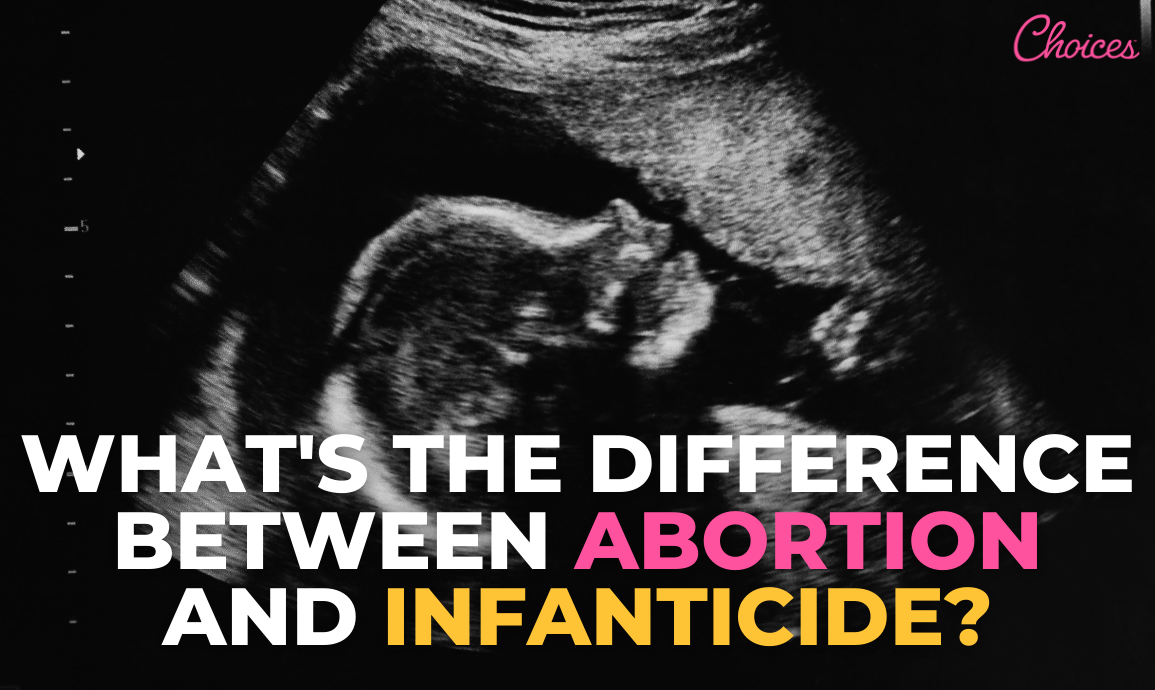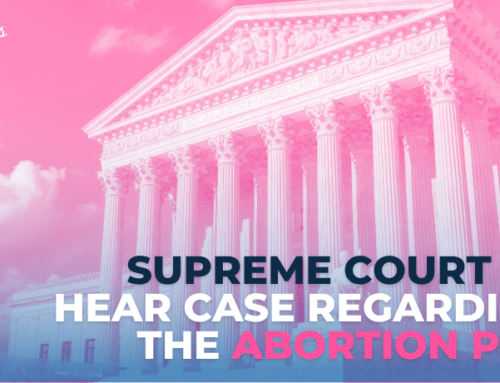In the early days of its legalization, abortion was often framed as a last resort for extreme circumstances, with advocates stressing the importance of it being “safe, legal, and rare.” The prevailing argument then was that abortion was permissible only in the early stages of pregnancy. A fetus was considered merely a clump of cells with no moral right to life. However, even those who supported abortion then would likely have recoiled at today’s idea of late-term or partial-birth abortions.
When dissenting pro-life voices emerged, arguing that even early abortion constituted the ending of a human life, they were swiftly brushed aside. However, the pro-life movement then, now, and always has steadfastly maintained one crucial argument: that a preborn baby is unequivocally a human being deserving of the right to life.
Furthermore, if society condones the termination of a preborn baby, even in its earliest stages, it sets a dangerous precedent that could easily lead to the acceptance of terminating born infants. This trajectory has been described as a slippery slope or a dark ladder of logic.
And that is precisely what has happened.
Eventually, proponents of abortion and advocates for the sanctity of life found they had one thing in common. They could agree on at least one critical point: both biologically and morally, there exists no distinction between terminating a fetus in early pregnancy and ending the life of an infant after birth.
The idea of infanticide rights then emerged within academic circles. This disturbing trend became evident in a controversial 2012 article published in the Journal of Medical Ethics titled “After-birth abortion: Why Should the Baby Live?” Authored by Alberto Giubilini and Francesca Minerva, the article argued boldly for the permissibility of “after-birth abortion,” essentially advocating for the killing of newborn infants.
In the article, they concluded: “Abortion is largely accepted even for reasons that do not have anything to do with the fetus’ health. By showing that (1) both fetuses and newborns do not have the same moral status as actual persons, (2) the fact that both are potential persons is morally irrelevant, and (3) adoption is not always in the best interest of actual people, the authors argue that what we call ‘after-birth abortion’ (killing a newborn) should be permissible in all the cases where abortion is, including cases where the newborn is not disabled.”
In other words, an infant can be terminated for the same reasons a mother might want an abortion. They somehow rationalize it by naming it “after-birth abortion” instead of infanticide. If a new, albeit healthy, child could pose challenges to the well-being of existing family members, particularly regarding energy, finances, and care resources, then its rights are waived? Even adoption is dismissed as a viable alternative, as the mother may experience psychological distress from relinquishing her child.
But the slippery slope hasn’t stopped there.
New California Laws
Recent legislative developments, such as California’s Assembly Bill 2223, shed further light on the blurred boundaries between abortion and infanticide. Introduced as part of a broader effort to establish California as an abortion “sanctuary state,” AB 2223 raises significant concerns regarding the protection of infants born alive. By extending legal immunity to people involved in what they call “perinatal” deaths—defined as the death of a born, living baby up to one month old—AB 2223 effectively legitimizes the killing of newborns under vague “pregnancy-related causes.”
The bill provides legal protection to women and anyone aiding them from criminal charges in cases of baby death due to miscarriage, stillbirths, abortions, and “perinatal” death. Notably, perinatal death refers to the passing of a born, living baby up to one month old. AB 2223 essentially shields women and their associates from legal repercussions even in cases of the death of a one-month-old baby if attributed to a “pregnancy-related cause.”
However, the term “pregnancy-related cause” remains undefined within the bill or elsewhere. Since the bill’s introduction earlier this year, pro-life advocates have repeatedly highlighted how its language could undermine existing protections for born-alive infants and effectively legalize the killing of babies up to one-month-old.
What Does it Mean to be Human?
How could such a significant shift in the abortion debate occur? How did we transition from a time when abortion was permissible only for what was erroneously deemed a mere “clump of cells” in early pregnancy to the point of legalizing the termination of an infant post-birth?
But pro-life advocates maintain that there is actually logical consistency in this evolution. There is not and never was a difference between the termination of a preborn baby and a born infant. They are both the same alive, unique human.
Quite simply, the definition of personhood has undergone a massive transformation. No longer is personhood solely determined by biological markers such as unique DNA, organs, a beating heart, or discernible body parts. We have found ourselves in a strange situation where a person must earn their right to be recognized as a valuable human.
Just being alive is no longer enough.
At Choices, the solution is simple. We believe that every human being, whether they can speak for themselves or not, deserves a chance at life.
To discover more about abortion and pregnancy facts or how you can support Choices by volunteering, donating, or praying for our ministry, contact us today or visit our website.







